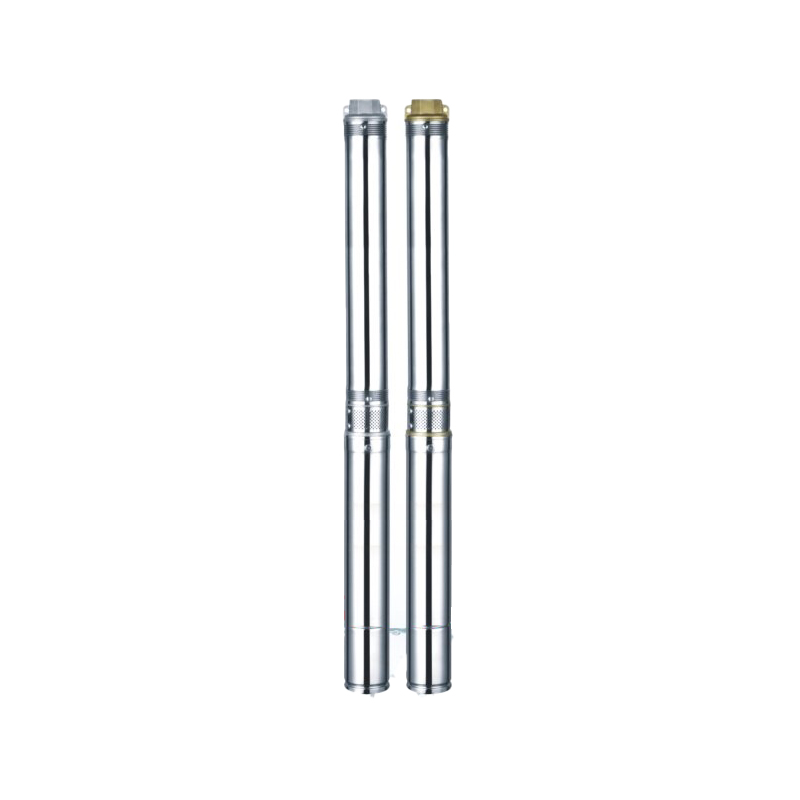Stable Industrial-grade Submersible Pump
The Stable Industrial-grade Submersible Pump is engineered to deliver ...

When it comes to agricultural irrigation, choosing the right pump system is essential for ensuring reliable water distribution. Two commonly used systems are the Deep Well Irrigation Pump and the Irrigation Jet Pump. Both play a key role in water delivery, but they function in different ways.
Deep Well Irrigation Pumps are designed for use in wells that are deep underground. These pumps are capable of lifting water from significant depths, often hundreds of feet. Due to their submersible nature, they are ideal for applications where the water table is deep. This type of pump is installed directly inside the well, ensuring it is submerged while pumping water up to the surface for irrigation purposes. The power required to drive these pumps can be substantial, often necessitating a larger motor or electrical system.
One of the main advantages of Deep Well Irrigation Pumps is their ability to handle high water volumes over long distances. These pumps are particularly beneficial for large-scale farms or agricultural operations that need to water expansive fields. However, they do come with higher upfront costs and more maintenance requirements due to the complexity of the system.
Unlike Deep Well Irrigation Pumps, Irrigation Jet Pumps operate from the surface, relying on suction to pull water into the system. These pumps are typically used for shallow wells, where the water table is not as deep. They can effectively pump water up to a certain height (usually 25-40 feet), which makes them a practical option for areas where the water is readily available near the surface. The Irrigation Jet Pump works by creating a vacuum that draws water into the system and then pushes it through pipes for irrigation.
One of the benefits of the Irrigation Jet Pump is its lower installation and operational costs compared to deep well systems. Additionally, because they don't need to be submerged, these pumps are easier to maintain. However, they are not as efficient at pumping from deep sources and are limited by the shallow water table.
The Electric Irrigation Pump is another common solution, offering a versatile option for both shallow and deep wells, depending on the motor size and design. Electric Irrigation Pumps can either be installed on the surface or submerged, depending on the specific application. These pumps are efficient and are typically driven by electricity, making them a cost-effective and widely used choice in agricultural irrigation.
Unlike the Irrigation Jet Pump, the Electric Irrigation Pump can handle a variety of water sources, whether it's a deep well or a surface-level reservoir. Their flexibility makes them suitable for diverse needs, whether it's low or high water volume. The reliability of Electric Irrigation Pumps also ensures a consistent water supply, though they do require regular maintenance to ensure longevity.
When making your choice, you should consider several factors:
Water Depth: If you need to access water from a deep underground source, a Deep Well Irrigation Pump may be a good choice. For shallow sources, an Irrigation Jet Pump may be more cost-effective.
System Maintenance: If maintenance is a priority, Irrigation Jet Pumps tend to be easier to maintain because they are not submerged and have simpler systems compared to Deep Well Irrigation Pumps.
Energy Efficiency: Electric Irrigation Pumps are generally energy-efficient and cost-effective, especially for smaller-scale applications or those needing flexibility in the water source.
Each type of pump has its own set of advantages depending on the needs of the operation. Understanding the water depth, energy requirements, and maintenance preferences will help you make an informed decision to ensure efficient and sustainable irrigation for your crops.